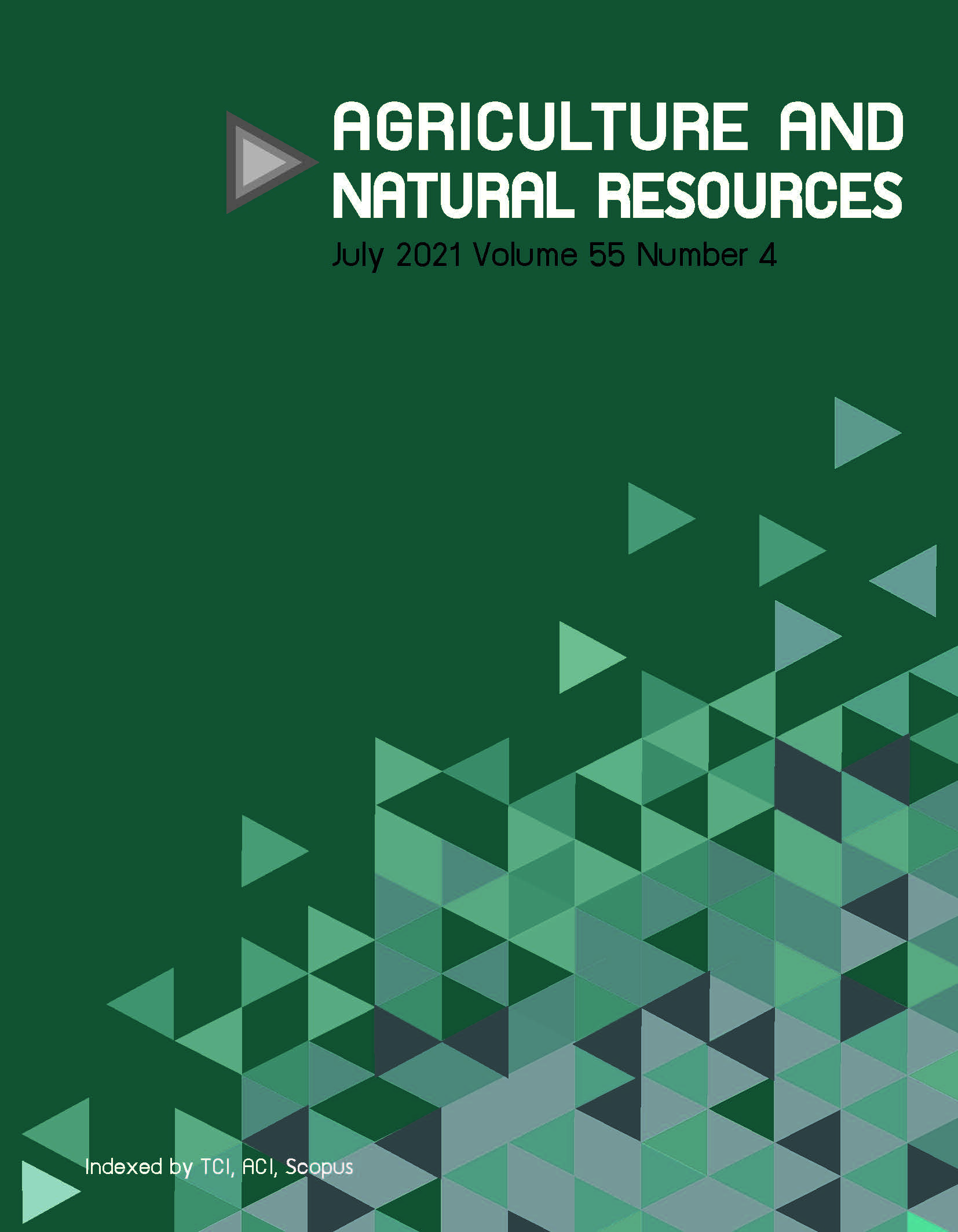Using social practice theory to increase herd recording system engagement
Keywords:
Data Collection, Herd recording system, Social Practice TheoryAbstract
In the age of ubiquitous and economically affordable computing, information and communication technology (ICT) is more accessible and increasingly being interwoven into people’s daily practices. The rise of ICT has created a new realm of opportunities to improve the operational efficiency of farms by using digital technologies to transform everyday practices such as herd recording of smallholder dairy farmers in developing countries. However, greater appreciation is hindered by the willingness of farmers to participate and is unlikely to be realized without proper consideration of the social implications that shape herd recording practices. This paper used the concepts of field, habitus and capital from social practice theory (SPT) to guide understanding and designing a digital herd recording system for smallholder dairy farmers in Thailand. The success of the prototype system called “Cowlog” in substantially increasing the amount of collected data highlights the relevance of SPT in offering a perspective for addressing ICT system design challenges, which can be extrapolated to designing other everyday practice systems.
Downloads
Published
How to Cite
Issue
Section
License

This work is licensed under a Creative Commons Attribution-NonCommercial-NoDerivatives 4.0 International License.
online 2452-316X print 2468-1458/Copyright © 2022. This is an open access article under the CC BY-NC-ND license (http://creativecommons.org/licenses/by-nc-nd/4.0/),
production and hosting by Kasetsart University of Research and Development Institute on behalf of Kasetsart University.







